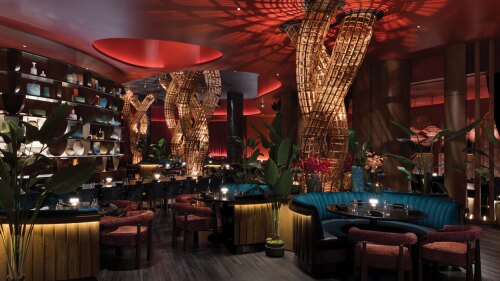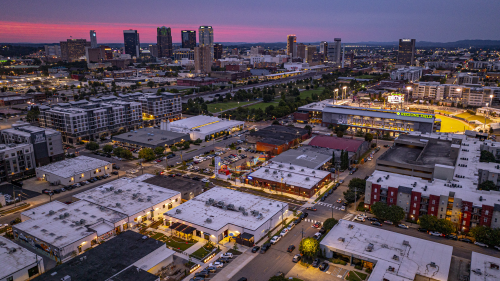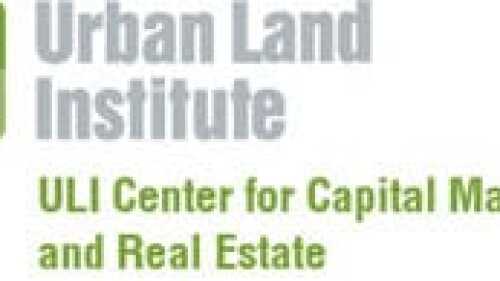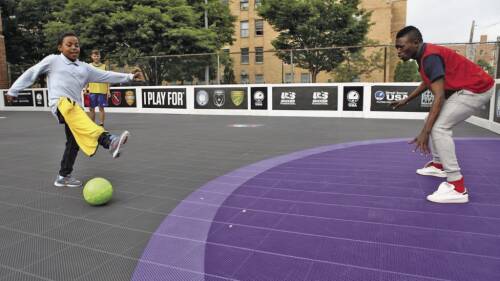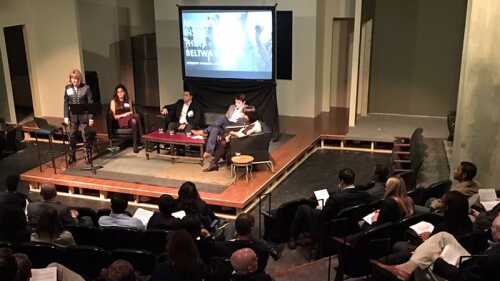Property Types
Hotels and Resorts
The hotel industry in the United States faces complex challenges in 2025, according to Jan Freitag, national director of hospitality analytics for the CoStar Group. During the “State of the U.S. Hotel Industry” presentation at the ULI 2025 Spring Meeting in Denver, Colorado, Freitag highlighted the challenges facing the hotel business amid macroeconomic uncertainty.
Once a sprawling expanse of uncharted land, Las Vegas, Nevada, has evolved into the entertainment capital of the world, a gaming super-hub, and a premier destination for sports. This remarkable transformation didn’t happen overnight; it stemmed from decades of strategic planning, investment, and visionary zoning recommendations.
Las Vegas is unlike any other place in America. Each year it draws more than 40 million visitors to the dazzling casinos and hotels that “turn night into daytime”—and transform the city into a glittering jewel in the desert. With 164,000 hotel rooms, Las Vegas is the largest hospitality market in the U.S.—outpacing Orlando, Florida, the next biggest market, by approximately 15 percent, according to JLL.
Industrial
Standing in the shadow of Regions Field and within earshot of Railroad Park, Birmingham’s Urban Supply hints at what the next chapter of downtown life could look like. Once-quiet brick warehouses are being steadily reimagined into patios, storefronts, and gathering spaces along a new pedestrian alley. Early tenants have begun to open their doors, and programming is slowly bringing people into the district. While the project is still in its early stages, the framework is in place for a vibrant hub that will grow block by block in the years ahead.
What trends are shaping the future of the industrial sector? Four experts from ULI’s Industrial and Office Park Development Council talk about the industrial submarkets and property types that offer the greatest opportunities, challenges developers face in bringing new projects to market, ways artificial intelligence and emerging technologies are reshaping the sector, tenant priorities, and other key trends.
After a quiet first half of 2024, CMBS originations increased 59 percent in Q3 on a year-over-year basis, according to the Mortgage Bankers Association’s Quarterly Survey.
Mixed-Use
Four experts examine the trends affecting urban mixed-use development, including near-term development prospects, the best sources of financing, and the right mix of uses. Read what one considers the biggest game changer, and learn about the impact advances in social/interactive technologies may have on the sector.
The emergence of a new flavor of public/private partnership, sponsored by the Atlanta Housing Authority, has propelled the revitalization of dozens of housing project venues. Those partnerships, unprecedented among housing authorities at the time, have evolved into highly effective development enterprises over almost two decades. Read what caused the angst that triggered the transformation.
Transit-oriented development (TOD) has gained popularity as a sustainable form of urban growth. Creating a mix of mid-rise buildings and activities around a rail station, interlacing the site with pedestrian amenities, is one of the best antidotes to car-dependent sprawl. Read about the new ultra–environmentally friendly version of TOD that is taking form in several global cities.
Multifamily
Sustained, moderate strength in some of this month’s economic data creates a creditable sense of well-being, while see-sawing continues in the Barometer capital markets data and the weak housing data stay very weak. Overall, 51 percent of key indicators in the Barometer were worse when compared with one year ago, 44 percent were better, and 5 percent were unchanged. Read more about the economy, real estate capital markets, housing, and commercial/multifamily investment property.
The largest U.S. metropolitan areas continue to be home to the largest number of immigrants, with more than 1 million in places such as New York, Los Angeles, Miami and San Francisco. But the major metros with the fastest-growth immigrant populations were mostly in the southeast region of the country. Read which of the country has the metros with the fastest growing immigrant populations.
The retail real estate market currently suffers from an oversupply of space—the result of overbuilding before the financial crisis struck in 2008—plus a dearth of retailers now willing and able to fill space. Consumer spending is down for the foreseeable future as the buying public remains wary of returning to the days of large credit-card debt. While welllocated retail destinations may continue to thrive and maintain national retailers, plenty of others are going to keep losing tenants. In this environment, town centers and mixed-use centers may have an edge over their mall counterparts.
Office
A seven-story infill office building with a dramatic facade on a tiny downtown fringe site in Portland, Oregon, anchors the regeneration of an arcaded district.
Ten workplaces exemplify creative strategies for enabling collaboration and flexibility.
What does economic recovery mean for the industrial and office sectors?
Residental
Soccer is more than just a game in East New York. For hundreds of residents in this low-income Brooklyn neighborhood of New York City, soccer is also seen as a gateway to a better life. Nonprofit groups use the sport to help disadvantaged residents learn critical skills.
The summer of 2015 saw the most significant legal and regulatory developments to break down residential segregation since the days immediately after the assassination of Dr. Martin Luther King Jr. on April 4, 1968—with potentially profound impacts for communities across the United States.
While some analysts had worried that as millennials grew older they would settle down and raise their families outside of D.C., there seems to be little evidence of that happening yet, according to a new survey, conducted by Qualtrix on behalf of ULI Washington. Many millennials plan to stay inside the Beltway and are not necessarily worried about schools and day care because they are putting off having children, the survey shows.
Retail
For decades, civic leaders have tried to revitalize Market Street, San Francisco’s central thoroughfare, only to see their efforts founder. “I sometimes call it the great white whale of San Francisco,” says Eric Tao, managing partner at L37 Development in San Francisco and co-chair of ULI San Francisco. “Every new mayor, every new planning director, every new economic development director has chased that white whale.” This year, however, an international competition of ideas hosted and run by ULI San Francisco, with support from the ULI Foundation, generated fresh momentum for reimagining the boulevard. The competition drew 173 submissions from nine countries and sparked new conversations about the future of downtown San Francisco.
The OAK project began in 2009, when a development firm set their sights on the corner of Northwest Expressway and North Pennsylvania Avenue, the state’s most important and busiest retail intersection. As the region’s only parcel capable of supporting a vertically integrated project of this scale and density, that land represented an opportunity to create something truly special.
As aging retail continue to evolve, one increasingly popular trend has been to redesign malls as town centers—recalling a time when such commercial districts were the heart and soul of a community. Mall–to–town center retrofits are emerging throughout the nation, especially in suburban communities, where pedestrian-friendly, mixed-use environments are highly attractive to millennials now raising families.



